The following were put on the AP today..
The Lundahl model is brought to you by the courtesy of our very own SSLTECH.
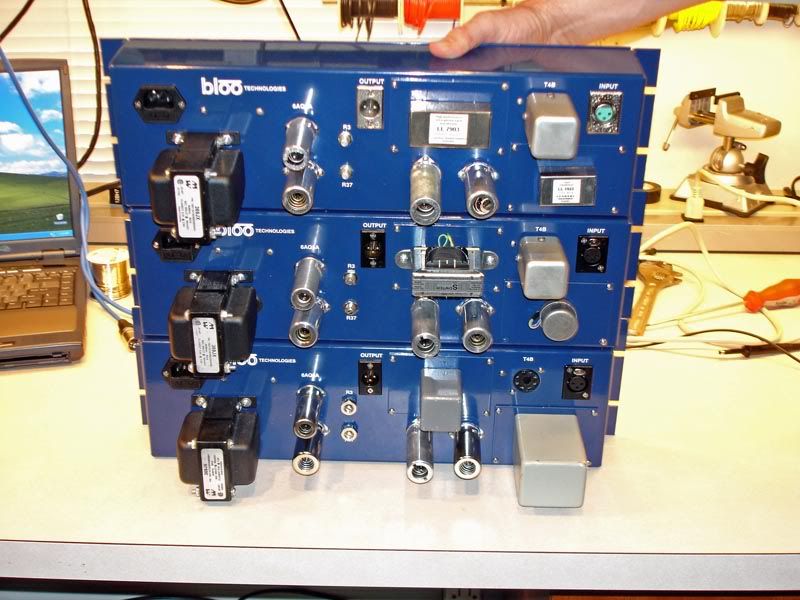
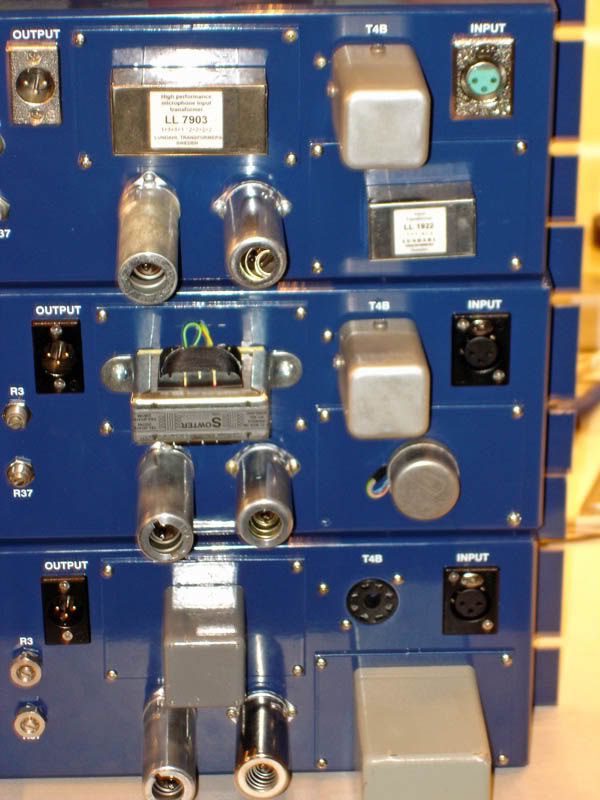
what we have in the photos from top to bottom.
Lundahls (approx $220 for a set)
Sowters (approx $160 for a set)
and UTC's (HA100X re-issue and an A-24) (approx $250 for a set off ebay)
all sweeps were ran with no T4b modules in the units. With the meter switch set to "G.R."
The following photos are of the sweeps that were performed. I'll group them as A, B and C. In no particular order.
you will notice some dramatic differences. I should mention that the tests remained the same for all three compressors.
Batch A
THD+N over Amplitude

THD+N & Freq resp over Amplitude (there were two ran here. one set into 600 ohms and the other set into 100k ohms)
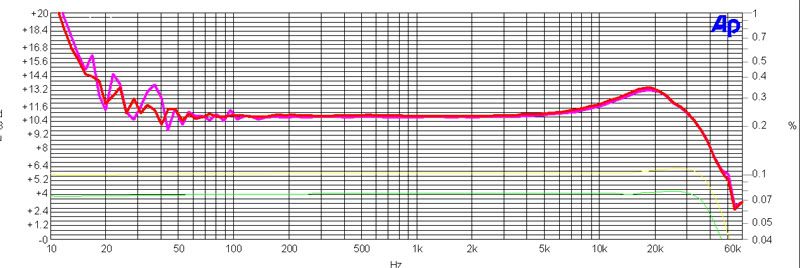
oops I should mention that you need to look at the cursors in the comparision sweeps for THD+N
Batch B
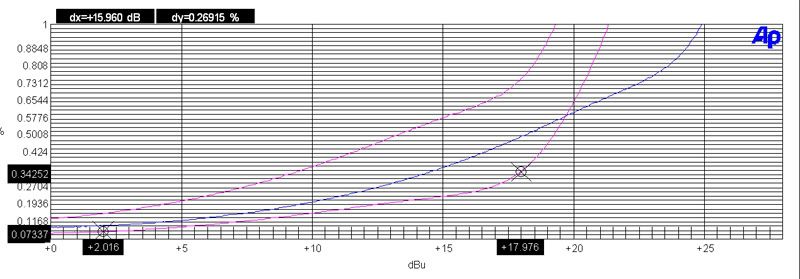

Batch C
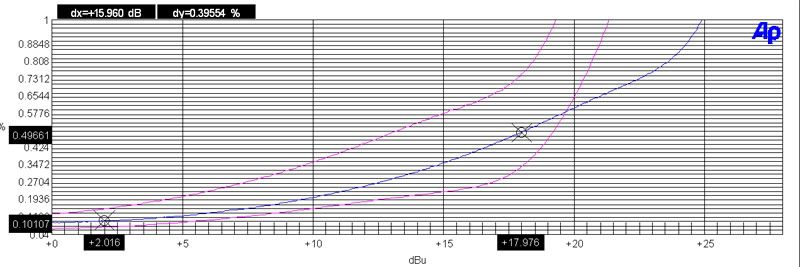

So onto the question... based solely on what you see int he measurments.. which one would you pick?
A
B
or C

The Lundahl model is brought to you by the courtesy of our very own SSLTECH.


what we have in the photos from top to bottom.
Lundahls (approx $220 for a set)
Sowters (approx $160 for a set)
and UTC's (HA100X re-issue and an A-24) (approx $250 for a set off ebay)
all sweeps were ran with no T4b modules in the units. With the meter switch set to "G.R."
The following photos are of the sweeps that were performed. I'll group them as A, B and C. In no particular order.
you will notice some dramatic differences. I should mention that the tests remained the same for all three compressors.
Batch A
THD+N over Amplitude

THD+N & Freq resp over Amplitude (there were two ran here. one set into 600 ohms and the other set into 100k ohms)

oops I should mention that you need to look at the cursors in the comparision sweeps for THD+N
Batch B


Batch C


So onto the question... based solely on what you see int he measurments.. which one would you pick?
A
B
or C



